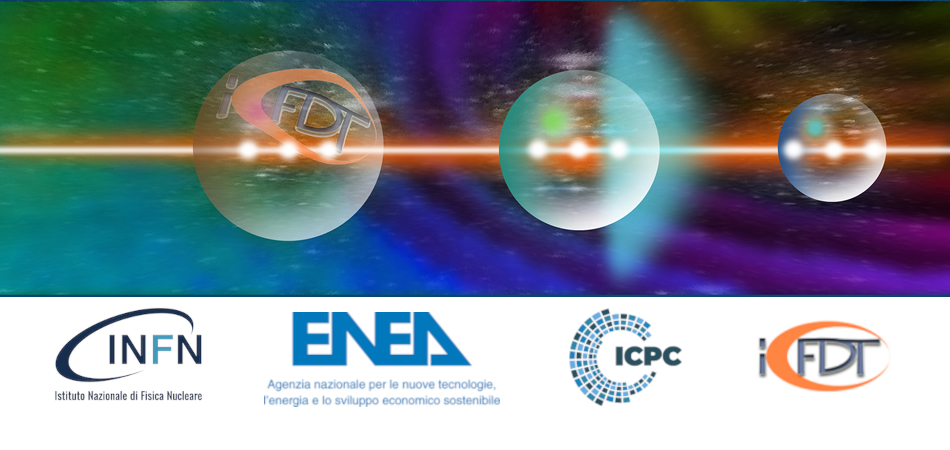Speaker
Description
One of the main concerns of Inertial Confinement Fusion (ICF) is the impact of laser parametric instabilities growing during the interaction of the laser pulse (~10^14-10^15 W/cm2) with the long-scale plasma corona; the issue is even more serious in the Shock Ignition scheme, where the intensity of the laser spike (~10^16 W/cm2) is an order of magnitude higher than the intensity needed in the classical direct-drive scheme. Among laser-plasma instabilities, Stimulated Raman Scattering is particularly dangerous for ICF performance and above all in Shock Igntion regime, because it results in the generation of large fluxes of suprathermal hot electrons, that can preheat the cold fuel, and because it scatters a significant amount of energy increasing the energy requirements for the laser driver.
In this context, in the last 30 years a large effort was devoted to the investigation of Backward Stimulated Raman Scattering (BSRS), where Raman light is scattered in the laser beam backscattering direction by a forward travelling electron plasma wave. However, recent experiments at NIF and Omega laser facilities revealed the importance of side-SRS (SSRS) instability, where SRS light is scattered in a direction perpendicular to the density gradient, and the scattered light is successively refracted to lower densities, finally exiting the plasma at large angles. These experiments also suggest that in ICF conditions SSRS can even prevail on BSRS. SSRS is hystorically the less understood parametric instability, which depends also on the experimental difficulty to detect and quantify SRS light scattered in the full solid angle.
Here, we describe the “Octopus” multi-fiber diagnostics which has been designed at INO-CNR and successfully used in a recent experiment at PALS laser for the angularly and spectrally resolved investigation of SSRS at Shock Ignition laser intensities. The Octopus diagnostics allowed a clear detection of SSRS, and permitted to reveal its dependence on the polar and azimuthal angle of detection, and the different scaling on laser-plasma interaction conditions with respect to the Backward SRS.

